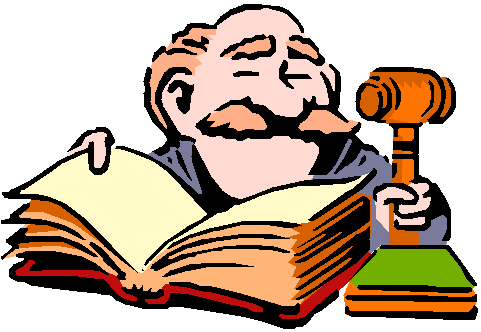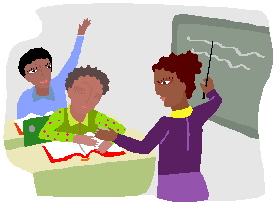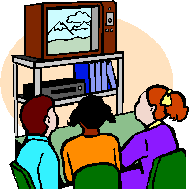

What is fair use? Fair use limits the exclusive rights of copyright holders, making it possible for individuals to reproduce copyrighted materials without permission under certain circumstances. The fair use doctrine has a significant effect on libraries, because photocopying materials is a common practice for patrons and staff - for example, a large portion of interlibrary loan requests are for photocopies.
Libraries have an ethical, as well as a legal, obligation to practice fair use. In general, the guidelines for fair use are as follows:
The guidelines for copying articles and parts of larger works (such as a chapter in a book) state that they must be intended for private use, such as scholarship or research, and not for profit. This guideline applies to both patrons and library staff.
The law also permits libraries to reproduce one copy of a work to replace missing or damaged materials if a replacement cannot be purchased at a reasonable price. In addition, libraries may copy items for their patrons. Only one copy of an item may be made, and the patron is not free to make additional copies from it. Therefore a copyright notice must appear on the copy; suggested wording is : Notice: This material may be protected by copyright law (Title 17, U.S. Code).
All libraries must display a "Warning of Copyright" prominently on or near their photocopiers. This notice states that the copyright law of the United States (Title 17, U. S. Code) governs the making of photocopies or other reproductions of copyrighted materials. If the user does not comply with the fair use guidelines, they may be liable for copyright infringements. Suggested text of this notice is: Notice: The copyright law of the United States (Title 17, U.S. Code) governs the making of photocopies or other reproductions of copyrighted materials. The person using the equipment is liable for any infringement. Reproduction of Copyrighted Works by Educators and Librarians, published by the U. S. Copyright Office. This 24-page document can be downloaded, in PDF format, from their website, www.copyright.gov/circs.


Fair use guidelines are different for the classroom. Teachers may make single copies of articles or book chapters for their own research or classroom preparation. In addition, teachers may make multiple copies for classroom use provided they comply with certain guidelines. These guidelines include, but are not limited to, the following:
No more than one copy per student.
Each copy must contain the copyright notice.
There are limits on the length of the item copied.
There is not enough time to get copyright permission.
The copies are not to be distributed repeatedly, year after year.
The copies are not substitutes for purchasing books or periodicals.
More information on fair use, including the full text of these guidelines, is in Circular 21. Reproduction of Copyrighted Works by Educators and Librarians.
Copyright law (and its implications for libraries) will continue to change. Now copyright laws must deal with technological issues. In recent years there have been new laws and court cases that have had a profound effect on not only what can be copied, but what is available for copying. For example, many electronic databases have had to remove large numbers of articles because of court decisions.
For anyone working in a library, it is a good idea to keep up with new developments. There are many web sites with good information on copyright and fair use issues for libraries. Some helpful web sites are listed below.
American Library Association. www.ala.org. Copyright is under "Issues & Advocacy".
Copyright & Fair Use, by the Stanford University Libraries, http://fairuse.stanford.edu.
Copyright, Intellectual Property Rights & Licensing Issues, by the Berkeley Digital Library SunSITE, http://sunsite.berkeley.edu/Copyright/.
Crash Course in Copyright, by the University of Texas, www.utsystem.edu/ogc/intellectualproperty/cprtindx.htm.
Click the arrow below to continue to the next page